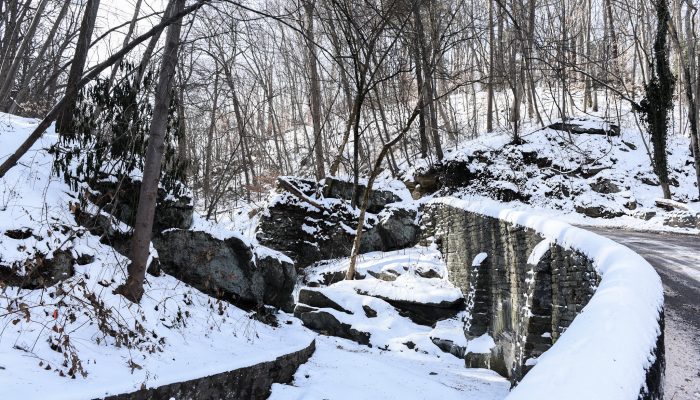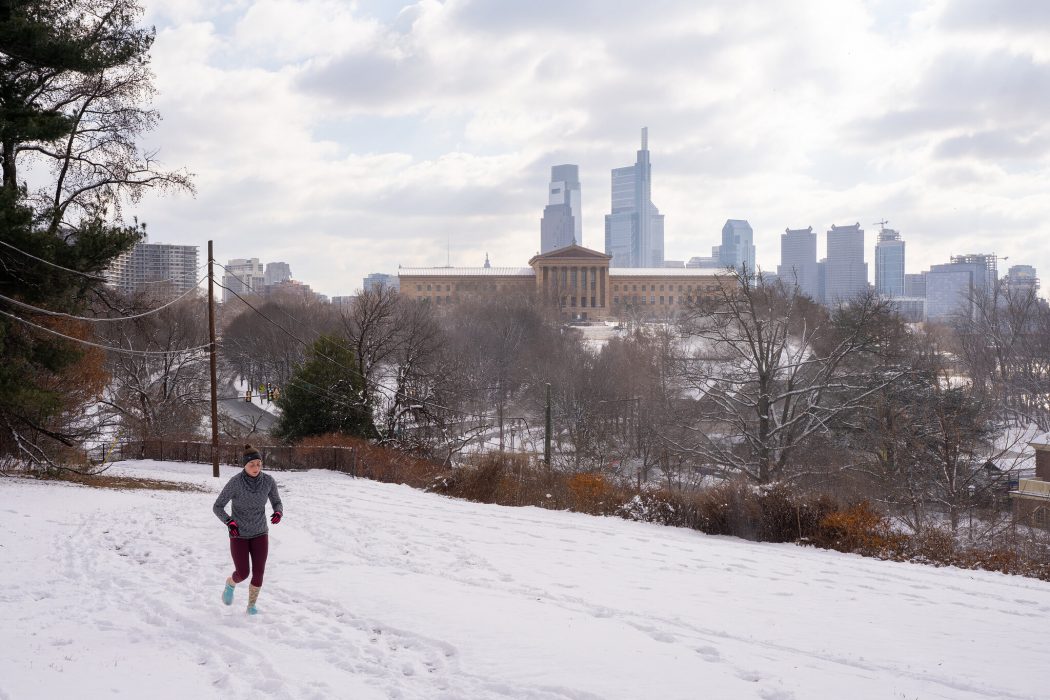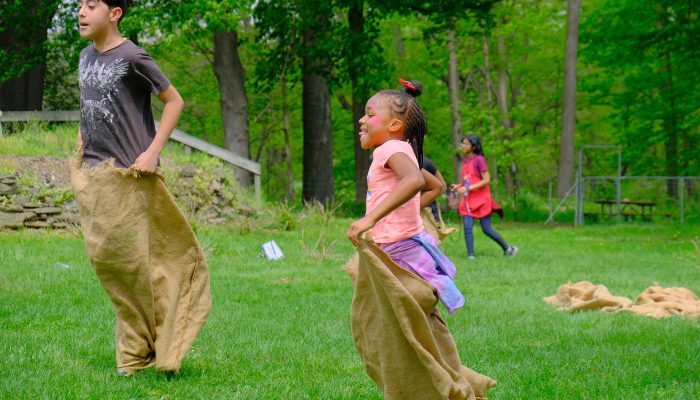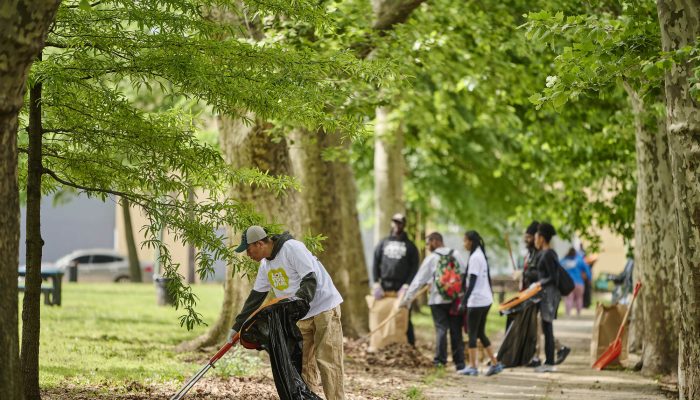A beautiful sight…
The city’s large “watershed” parks are a sight to behold—with or without snow—in the winter. Watershed parks protect creeks and streams, and the surrounding wetlands, meadows, and woodlands. They contain many acres to explore. Take a walk, hike, or bike ride. If you’ve got the equipment, try cross country skiing or snowshoeing. These activities will give you a chance to:
- Hear the wind rustling the dried leaves.
- Look for animal footprints.
- Admire patterns in the snow created by blowing grasses.
- Smell pine needles underfoot.
- Watch birds, chipmunks, and squirrels search for a meal.
- Or, just enjoy the solitude.
View our list of watershed parks.
The largest parks feature many miles of trails. Trails range from soft-surface (dirt, grass) to paved (gravel, concrete, asphalt). Here are some tips on trails-based winter activities you can enjoy in these large parks:
- Biking
- Our paved multi-use trails are open year-round. Major trails are cleared of snow, when possible. Be sure to watch for icy or wet conditions.
- If you planning on riding a mountain bike in the winter, Parks & Rec recommends you stick to the flat areas.
-
Wissahickon Park is a great mountain biking spot. But its steep trails may be unsafe for winter biking.
- Cross country skiing
- This is great way to explore our parks during or after a good snow.
- Wissahickon Valley Park, Pennypack Park, and Tacony Creek Park are good options for cross country skiing in the city. These parks feature miles of trails, some of which are hilly.
- If you know a trail you want to use is popular, plan on visiting soon after snow falls. Heavy foot traffic on a trail may remove the snow necessary for certain activities.
- Snowshoeing
- Local parks with forests and meadows are great places to explore on snowshoes.
- You don’t need a large park to use snowshoes. The green space around your neighborhood park or recreation center can be a great place to start.
Read related blog posts:
- Top fall hikes in Wissahickon Valley Park
- Off the beaten path: Parks & Rec’s picks for fall hikes
- Five hiking trails for fall fitness fun
Prepare for your activity
Snowy conditions are often beautiful, but always keep your safety in mind.
Trail conditions
- Mud: High-use trails may develop puddles of mud at certain points. Biking, hiking, or horse riding through these areas can worsen trail conditions. As the mud refreezes, tire tracks can create tripping hazards for future hikers.
- Ice: Like roads, trails ice over and increase the risk of falling. Wearing appropriate footwear is key for keeping your footing and staying warm.
Gear
- Layers: Make sure you’re wearing many layers of clothing for proper insulation. A weatherproof jacket is important, but may not be enough.
- Socks: A day of snowy activities often leaves you with soggy socks. Parks & Recs recommends you wear wool or synthetic thermal socks to keep your feet warm even when wet. Cotton socks will lose their heat-trapping abilities when snow makes its way into your boots.
- Footwear: Proper winter boots are essential for outdoor winter activities. If conditions are icy, consider wearing traction cleats over your boots. Look for cleats that roll or fold up to keep in your pack for any winter adventures you have planned.
Nourishment
- Water: Always carry water for proper hydration while out in the parks. You may not feel the summer heat when hiking this time of year, but you’re still exerting yourself.
- Food: It’s tough work moving around and keeping your body temperature up in the cold. Bring snacks for any outdoor adventures this winter to ensure your body is fueled up and ready to go.
Use this online resource to find a trail near you to explore!





